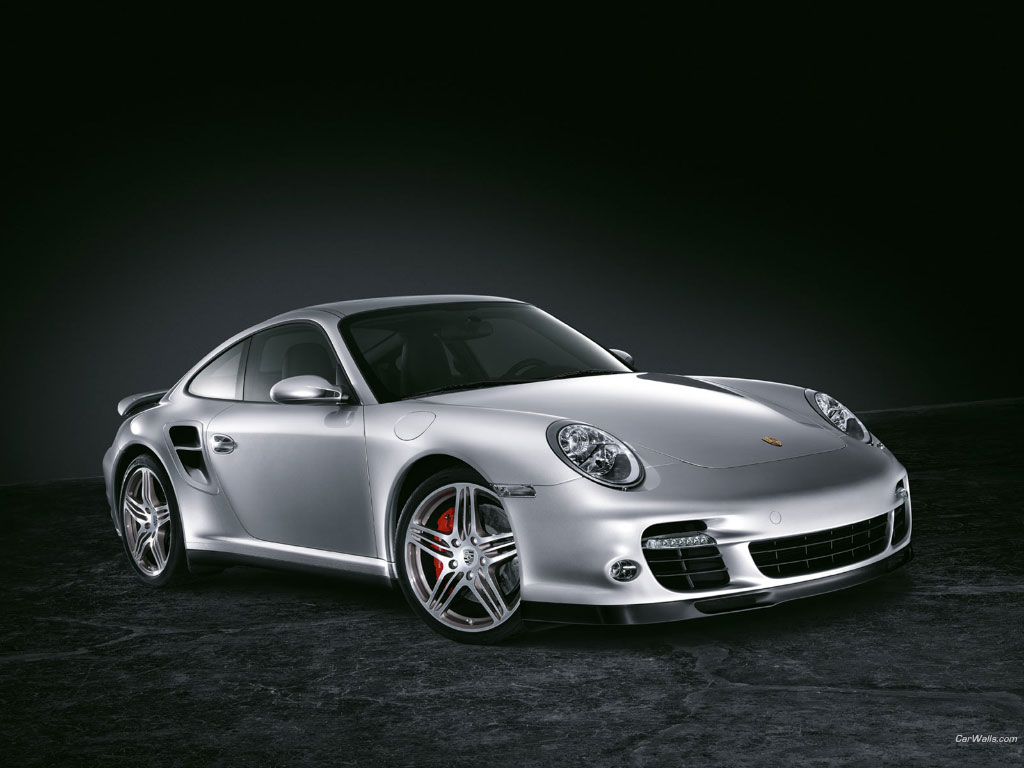Grey Templar wrote:Again, a "reliable breech loading mechanisim" and Mercury II Fulminate could easily have been created if someone had had the thought.
the potential is ALWAYS there, but Necessity is the Mother of Invention and as such it didn't happen earlier. If they had wanted these things in the late middle ages they could have had it. Clockmakers had the ability to create sophisticated mechanics, indeed many of the first gunsmiths were clockmakers.
No, the limitation on reliable breech loading weapons came from having a quality of general machining capable of producing the weapons on a scale to make them worthwhile.
And there's always 'necessity' on the battlefield, because having the second best gun is likely to end up with you dead. Once a capability was there it was typically adopted very quickly. I mean, we saw the first attempts at breech loaders in 1772, and a whole lot of efforts after that, but they still weren't the dominant weapon during the American Civil War - because they were pushing the limits of reliable manufacturing.
Automatically Appended Next Post: DukeRustfield wrote:Because I'm a human using deductive reasoning. Unless they aren't black powder guns but are really pink powder native to the WHFB world. And the barrels they make and bullets they use and firing mechanisms LOOK like stuff from our history, but really are completely different. But that's an odd thing to guess considering they've taken pains to make them so similar. In fact, exactly the same in so many ways.
Except they perform so differently.
This is a porsche.

This is a porsche kit.

They look very similar, but will perform very differently. According to you, a human using deductive reasoning, the only possible explanation for this is that the real world just isn't based on realism.
We cannot possibly conclude that two similar looking things have different levels of engineering precision. No, that'd be madness.
Uh, what? We've gone from being able to hit a bullseye at maybe 100M to being able to punch through a tank at a quarter mile--with a personal (albeit large) rifle.
You don't much about guns, do you?
At the outbreak of WWI the standard rifle in the British army was the Lee Enfield, which had been in service at that point for almost 20 years. The effective range was 500 metres, and the maximum range was more than 3,000 metres. Far from being inaccurate, Lee-Enfield rifles continued to be used as sniper rifles after they were replaced as the standard small arm, seeing action as sniper rifles in Vietnam.
The standard rifle used by the Americans during WWI was the Springfield rifle, it had an effective range of about 600 metres. Like the Lee Enfield, after it was replaced by a more rapid firing small arm in general use, it continued to be used in service as sniper rifle, performing that role in both WWII and Vietnam. The standard sniper rifle deployed by the US army, the M24, has an effective range of about 800 metres, a marginal increase over the Springfield.
Meanwhile, the recent increase in the use of heavy calibre rifles to take out vehicles is based on a change in the tactical environment, specifically the rise of light vehicles and the ability to deploy troops rapidly to ambush such units. Rifles capable of 'punching through a tank at a quarter mile'* existed and were deployed in significant numbers in WWII. These rifles fell out of favour because the tactical environment changed, armour became much heavier, so that 50 calibre rifle rounds no longer presented a threat. It's only when light vehicles began a resurgence that such rifles regained their old appeal.
While there's been some improvements in recoil absorption, these rifles aren't really that different from their WWII equivalents. The iconic modern anti-material rifle, the Barrett, is even built around firing a classic round of WWII, the .50 BMG.
*Note that the stated capability is a pile of nonsense, no rifle today is capable of such, for any sensible definition of 'tank'. Then, like now, the primary purpose of any such weapon is to target light vehicles.